Your skin is your body’s largest organ. So, it makes sense that there are going to be times when your skin seems a bit under the weather. The trick is to figure out why and what you can do to change that.
Let’s look at some of the most common causes for dull-looking skin.
If you aren’t drinking enough water, it’ll likely affect the appearance of your skin. In fact, one 2015 study found a strong link between drinking enough water and having healthy skin.
Drinking plenty of water will help boost hydration from below your skin’s surface. Also, applying a hydrating face serum can help bind moisture in the upper layers of your skin.
Skimping on moisturizer, especially if your skin tends to be dry, can affect the health and vitality of your skin. Using a moisturizer twice a day can help hydrate your skin and protect the delicate top layer.
Your skin naturally sheds dead cells on a regular basis to make way for new cells. But sometimes the dead cells don’t shed as they should. Instead, they build up the surface of your skin. This can result in skin that’s dry, dull, flakey, and patchy.
Dry skin can quickly take on the appearance of being dull and lifeless. This is especially true during the winter months, when the air is cold and dry, or if you live in a climate that has very low humidity.
According to a 2010 review, smoking is an important environmental factor in premature skin aging.
The review found that smoking can impair the production of collagen and degrade the elastic fibers and connective tissue in your skin. It can also increase the oxidative stress in your skin cells. All of this can speed up the aging process and contribute to dull-looking skin.
Aging is an inevitable part of life. So is aging skin. And while you can’t control the aging process, you can adopt a skin care routine that helps provide your skin with the nourishment and hydration it needs to stay healthy and vibrant.
We all deal with the occasional bout of dull skin. But if you’re regularly waking up to lackluster skin, you might be wondering what you can do to improve your complexion.
The good news? You have plenty of options.
“You want to make sure that you’ve completely removed your makeup and pore-clogging dirt from your day, but do it gently,” says Tsippora Shainhouse, MD, FAAD.
Her advice? Avoid harsh scrubs and drying soaps, which can cause skin irritation, tiny tears, redness, tightness, and flaky skin.
Instead, use a cleansing oil first to remove your makeup and sunscreen without stripping and damaging the top layer of your skin. Then, do a second wash with a gentle cleanser to remove the oil.
Going gentle on your skin also means no hot water or harsh soaps.
“Hot water can strip natural oils, which can cause dryness and irritation,” says Shainhouse. It can also cause superficial vessel dilation, which, Shainhouse says, can make the skin appear red, but only temporarily.
Instead, use lukewarm water when cleansing your face. Also opt for a moisturizing cleanser with ingredients like coconut oil, shea butter, or almond oil to help retain moisture.
Regular exfoliation is key to a glowing complexion, according to New York City-based dermatologist, Hadley King, MD.
When dead skin cells build up on the outer layers of your skin, it can cause your skin to look dull, dry, and flakey, and can even clog your pores. Regular exfoliation can prevent this from happening.
According to King, exfoliation also helps to smooth and polish your skin, decreasing the appearance of fine lines and evening out your skin’s texture.
“Exfoliation helps expose a fresh layer of skin ready to retain hydration when moisturizer is applied,” she says. “This can help to plump up the skin, making it look younger, smoother, and healthier.”
King explains that over time, regular exfoliation can increase cell turnover and stimulate collagen production.
When adding exfoliation to your skin care routine, King generally recommends starting out by exfoliating twice a week and increasing the frequency as tolerated by your skin. You may need to be especially careful if your skin is overly dry or irritated.
Exfoliation can be either:
After exfoliating, apply a moisturizer right away to lock in moisture and protect the newly revealed skin cells.
Face serums contain a high concentration of ingredients that help to brighten your skin, boost hydration, and diminish the signs of aging.
Because serums absorb quickly into your skin, you can apply them once or twice a day after cleansing.
Shainhouse recommends products with:
These ingredients have a strong antioxidant effect that can help prevent and undo collagen-destroying free radical damage.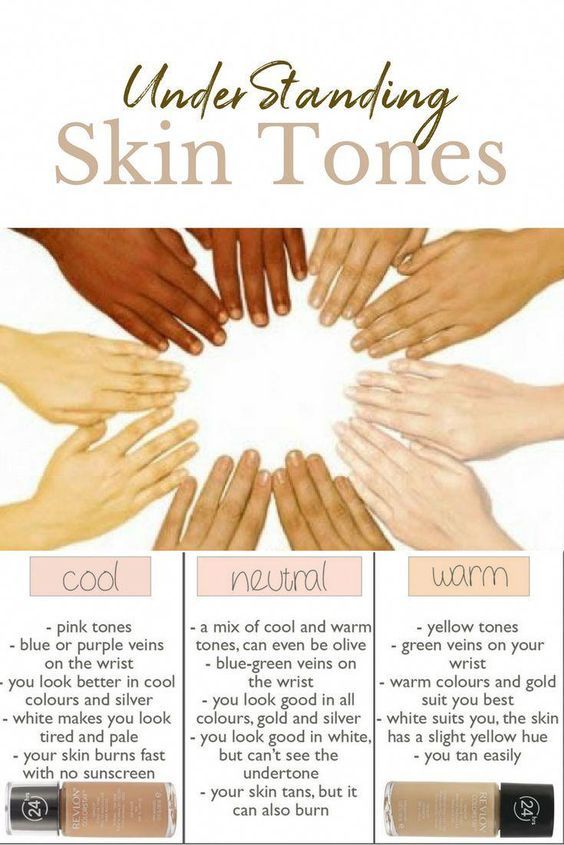
Vitamin C also helps to fade hyperpigmentation or dark spots, giving your skin a more even-toned appearance over time.
Another key ingredient to look for is hyaluronic acid, which temporarily binds water in the skin’s superficial layers.
Treating yourself to a weekly face mask is another excellent tool to get your skin glowing.
Look for masks that contain:
In general, you can use a face mask 1 to 3 times per week, but this depends on the product and your skin type.
Make sure to read the directions before using a face mask on your skin.
According to a 2017 review, moisturizing twice a day with the right product can help maintain your skin health and treat various kinds of dermatitis.
More specifically, says Shainhouse, the benefits of regularly using a moisturizer on your face include the following:
 Tip: Look for ceramides in the ingredients.
Tip: Look for ceramides in the ingredients.“Retinoids, which are vitamin A derivatives, have been scientifically shown to stimulate collagen growth and normalize skin cell turnover,” says Shainhouse.
Retinoids help to exfoliate older skin cells and bring new, fresh skin cells to the surface. They also smooth down and thin out the top layer of cells. Ultimately, says Shainhouse, the light will reflect better off of this smooth surface, giving you a more natural glow.
To start, she recommends applying a retinoid treatment 2 nights a week and then increasing the frequency as your skin gets used to this ingredient.
Your dermatologist is trained in some of the best procedures to improve the appearance of your skin.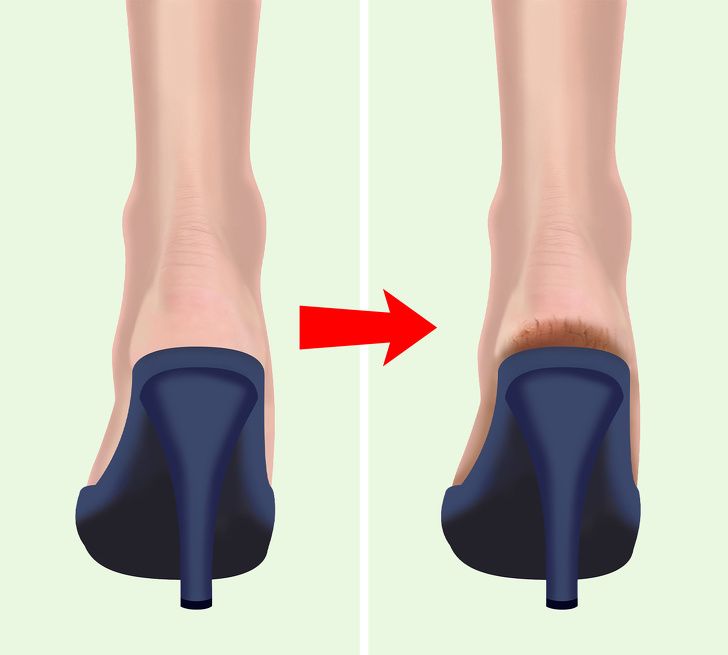
According to Shainhouse, procedures like an IPL photofacial session can help minimize the appearance of brown spots. It can also help even out your skin tone and improve the light-reflectiveness of your skin. For best results, she recommends a once-a-year freshening session.
Fraxel lasers, another in-office treatment, help to resurface the skin.
“This procedure helps make skin smoother with fewer fine lines and more even pigmentation. This can make your skin look more glowy,” she says.
Last, but certainly not least, wear sunscreen daily.
“This will help prevent UV-induced damage, including skin dyspigmentation, aging brown spots, and rough, dulling texture,” says Shainhouse.
Dull skin can be caused by dehydration, lifestyle choices, or cutting corners with your skin care routine. Fortunately, there are steps you can take to boost your skin’s natural radiance.
Exfoliating your skin, moisturizing twice a day, using a hydrating serum and face mask, and applying a retinoid product may all help replace dull-looking skin with a healthier, more vibrant glow.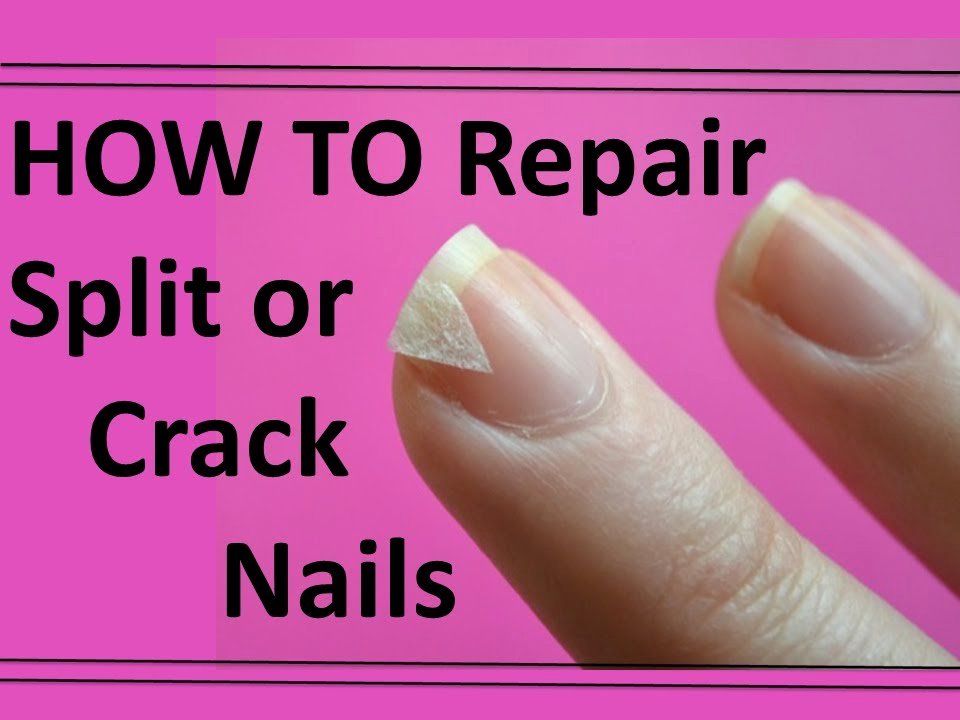
If you have questions about your skin or which product to use, be sure to talk to your doctor or a dermatologist.
dehydrated skin
3 min read
Learn the signs of tired, stressed skin and how to energize your skin for your best complexion yet.
Dehydrated skin
Skin health
translation missing: en.general.icons.icon_titletranslation missing: en.general.icons.icon_title Copy LinkWhen you’re tired, it shows on your skin. Here’s how to change that.
If you’ve ever tossed and turned, pulled an all-nighter, or hit the alarm and wondered “Did I even sleep?” you’ve probably worn it: That unmistakable too-little-sleep look. Most people chalk it up to dark under-eye circles, but looking tired is actually a combination of the many ways that fatigue impacts our bodies – and our skin.
Tired skin is tough to cover up. That’s why we suggest actually treating it instead of piling on concealer (in fact, makeup can actually prolong the problem and keep skin from bouncing back). Whether you’re suffering from chronic sleep loss or just one restless night, there are ways to combat the four telltale signs of tired skin, helping you look a little more like you until you can get a full night’s sleep:
Despite what you’ve heard, the darker pigmentation below your eyes doesn’t get darker when you’re tired; it just looks darker because the skin above it is dehydrated, letting dark “circles” show through. Resist the urge to just cover them up; instead, drink plenty of water and apply a brightening treatment like BioLumin-C Vitamin C Eye Serum, which is specially formulated to restore luminosity and hydration to that delicate under-eye skin.
Tired skin retains water near the eyes in efforts to stay hydrated, leading to another giveaway that you’re sleep-deprived: Puffy eyes.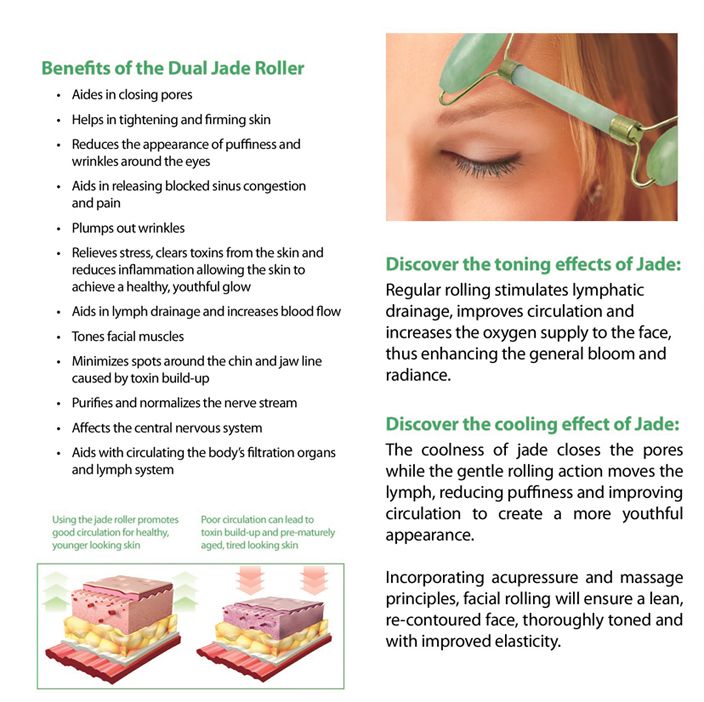 Not only do they scream “I’m zonked;” they also cast shadows on the under-eye area that can make dark circles look even darker. A cool compress can take the edge off; you can also use Awaken Peptide Depuffing Eye Gel to brighten and de-puff.
Not only do they scream “I’m zonked;” they also cast shadows on the under-eye area that can make dark circles look even darker. A cool compress can take the edge off; you can also use Awaken Peptide Depuffing Eye Gel to brighten and de-puff.
Like dark circles, fine lines stem from the dehydration your skin endures when lack of sleep throws off its pH. On tired days, use a quality moisturizer on your face and body after dragging yourself out of bed. Use a dedicated night cream like Sound Sleep Cocoon before falling back into bed; the added moisture will make fine lines less obvious, and motion-activated essential oils will help you get some much-needed rest.
Buildup from dead skin cells and products becomes a bigger problem when your body hasn’t had enough time overnight to regenerate. The silver lining: Exfoliating your skin can restore some of its missing glow. Dermalogica’s Daily Microfoliant® powder works well with all skin conditions, keeping your face smooth and bright. If you know you’ll be missing out on sleep sometime soon (maybe you’re traveling, prepping for an exam, or expecting a new baby), prepare skin beforehand by Double Cleansing with PreCleanse Balm. It melts away makeup and impurities in the days before and during sleep loss, giving your body one less thing to do when it’s tired.
If you know you’ll be missing out on sleep sometime soon (maybe you’re traveling, prepping for an exam, or expecting a new baby), prepare skin beforehand by Double Cleansing with PreCleanse Balm. It melts away makeup and impurities in the days before and during sleep loss, giving your body one less thing to do when it’s tired.
Sound Sleep Cocoon is a revitalizing treatment gel-cream that transforms skin overnight by optimizing nighttime skin recovery.
Learn how to spot when your skin needs a pick-me-up and give it a boost.
An exfoliator, moisturizer, and eye treatments are skin-replenishing essentials to create your restorative regimen.
exfoliates, smooths, brightens
Learn More
revitalizes and soothes senses
Learn More
hydrates and brightens
Learn More
firms, hydrates, and depuffs
Learn More
Sleep and hydration are some of the most important non-skin care factors to keep skin healthy.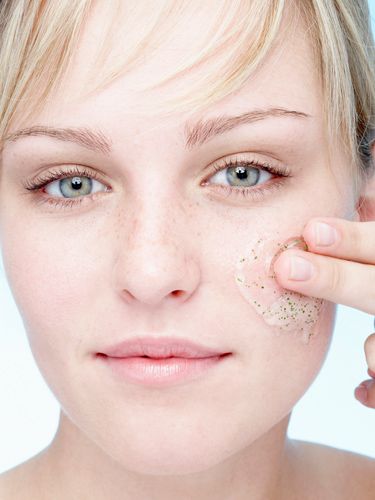
Dehydrated skin
Skin health
When you get tired, your skin gets tired with you. And at this moment she needs rest and special care. How to take care of tired facial skin, we were told by our consultant, cosmetologist of the "Youth Studio" Alexandra Chernyavskaya,
The concept of "skin fatigue" is rather philistine than medical. Sometimes clients themselves, having come to a beautician, complain about signs of fatigue on their faces. A beautician helps to deal with the causes of fatigue and restore the consequences.
What characterizes skin fatigue
The fact that our skin needs rest can be seen in many ways. The turgor (density) of the skin decreases, that is, it becomes too soft to the touch. In this case, the skin seems to acquire a gray tint. Dark circles appear under the eyes. In addition, skin ptosis appears (swelling of the skin downwards under the influence of gravity / gravity). In the end, tired skin lacks collagen, causing it to become unnecessarily dry and thin. Tired skin makes a person age. In this case, there may be aging skin without signs of fatigue, but young tired skin occurs. On well-groomed age-related skin, there may be wrinkles, turgor may be reduced, unlike young skin. But at the same time, the skin glows, it is juicy, and even the wrinkles on it are well-groomed and beautiful. If you take a person who does not care for the skin and is aged, then he will have both aged skin and tired. At the same time, a 25-year-old girl who has undergone stress or leads a nocturnal lifestyle very easily shows signs of skin fatigue.
The turgor (density) of the skin decreases, that is, it becomes too soft to the touch. In this case, the skin seems to acquire a gray tint. Dark circles appear under the eyes. In addition, skin ptosis appears (swelling of the skin downwards under the influence of gravity / gravity). In the end, tired skin lacks collagen, causing it to become unnecessarily dry and thin. Tired skin makes a person age. In this case, there may be aging skin without signs of fatigue, but young tired skin occurs. On well-groomed age-related skin, there may be wrinkles, turgor may be reduced, unlike young skin. But at the same time, the skin glows, it is juicy, and even the wrinkles on it are well-groomed and beautiful. If you take a person who does not care for the skin and is aged, then he will have both aged skin and tired. At the same time, a 25-year-old girl who has undergone stress or leads a nocturnal lifestyle very easily shows signs of skin fatigue.
Photo: Getty Images/Fotobank
Factors affecting skin fatigue :
stress;
sun exposure;
lack of sleep;
cosmetic overload;
lack of care;
liquid and salt intake at night;
susceptibility to dryness;
smoking, alcohol, frequent airplane flights, nocturnal lifestyle;
sedentary lifestyle.
Home care
Photo: Getty Images/Fotobank
Tired skin needs more nourishment. Therefore, nourishing masks are a must. Even if you have a deadline, you do not get enough sleep, you still find time for home treatments, otherwise signs of skin fatigue will accumulate. If you have tired skin, masks can be done every day. It is very useful to wash your face with ice - this way you will increase skin tone. You can combine washing with warm and cold water. This will give a charge of vivacity to the skin, increase the flow of blood through the vessels.
Salon Care
The very first treatment that can be recommended for tired skin is a massage course. Massage increases blood flow to the skin, stimulates the production of collagen, increases metabolism, the skin tightens, renews, begins to glow from the inside. You can also apply other procedures that your beautician recommends.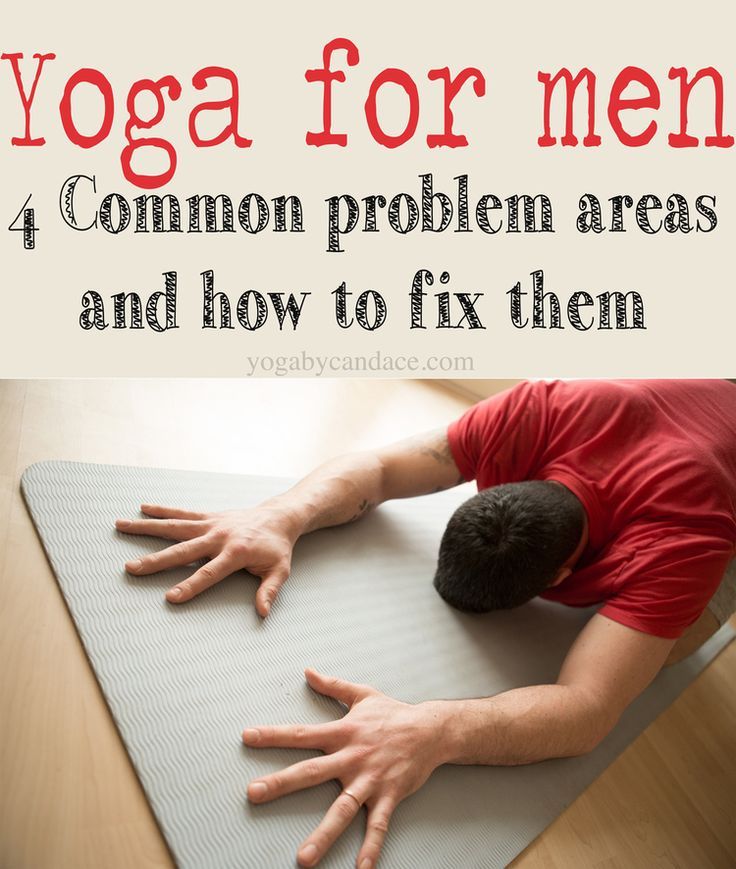 These can be hardware procedures that stimulate the production of collagen. One of the most effective hardware procedures is thermolifting.
These can be hardware procedures that stimulate the production of collagen. One of the most effective hardware procedures is thermolifting.
Oxygen injection-free biorevitalization is also useful (introduction of hyaluronic acid serums into the deep layers of the skin - the dermis), it will give the skin a fresh look, nourish and refresh it without injuring the epidermis (without punctures).
There are foods that improve the quality of the skin, for example, protein foods are useful. But dietary changes will not restore your skin without lifestyle changes and restoration procedures. It is also important to drink plenty of water, especially in small sips.
Don't forget that healthy sleep is very important for your skin. If your skin is tired, you need to find time to get enough sleep. At least two days off. Try to go to bed early. It will also give freshness to your skin and the whole body as a whole.
Tatyana Koryakina
Skin fatigue is a universal and most common syndrome, characteristic of all seasons. By the second or third month of winter, the skin gets tired of the cold, winds and heaters, by the end of summer the skin gets tired of the endless exposure to ultraviolet radiation, in spring and autumn the skin is “feverish” from temperature and humidity changes. The skin can get tired from sleepless nights, from a rigid diet, from stress, workaholism, lack of vitamins and minerals, in general, from everything in the world. Let's find out what tired skin looks like, what factors affect it most detrimentally, and, most importantly, what to do with it all!
Symptoms of skin fatigue are familiar to everyone: if you sadly nodded at 2-3 points from the list, then your skin is clearly time to “vacate”. So, tired skin:
- Dull, with an unhealthy grayish, bluish tint, or simply too pale, as if Dracula visited you.
- Dehydrated, dry, rough to the touch.
- It's peeling off.
- Sluggish, without tone, flabby.
- Suddenly covered with a mass of new small wrinkles.
- No blush - even after a workout or a long walk.
An additional and very telling symptom: you suddenly find it difficult to apply tone. Previously, he lay down evenly and well, whether it was foundation or powder, but now he does not want to evenly shade, the skin even after application looks uneven, flaky, some kind of stale.
What to do? Returning the skin to its proper tone is a matter of two stages:
1. Negative factors must be neutralized. If your skin is "tired" of ultraviolet radiation, get a good protective cream and try to be out in the open sun less often. If it's a lack of sleep, try to establish a normal sleep pattern. If the drying effect of heaters is the problem, increase the humidity level in your home with the same humidifier. In general, deal with the reasons!
2. Support the skin and help it recover with the help of natural cosmetics with targeted action . Sometimes, if the skin looks tired from a couple of sleepless nights, it may be enough to get enough sleep and a facial massage to get everything back to normal, but sometimes it’s not so simple: you can’t “turn off” the winter or dodge all the stress in the world. In this case, properly selected cosmetics can help a lot: tone, revitalize, stimulate the skin, restore its healthy color, smoothness and freshness.
Well-chosen basic care will make up for some of the damage: if your cream properly and deeply moisturizes, protects and nourishes the skin, then it will already help it recover to some extent. But in order to truly change the situation in your favor, you will have to use more concentrated shock means: masks, concentrates, serums.
If your skin fatigue is situational (did not get enough sleep, went on a diet for a week, experienced acute stress for a short time). The best choice in this case is quick-acting SOS masks, including disposable ones, for example, tissue ultra-moisturizing and stimulating masks, patch masks under the eyes, complex action sachet masks with the effect of moisturizing, regeneration, detox. Serums are suitable for general action, complex - and they need to be applied in a short shock mode, daily (if the manufacturer does not prohibit daily use) or even twice a day, in the morning and in the evening. Also in such cases, a good option is ampoule serums with a stimulating effect.
If skin fatigue is chronic. Accumulated skin fatigue can only be "cured" with a course of additional care, using highly concentrated products for at least 2-3 weeks. How to choose the right tool? First, determine which symptoms of fatigue are most pronounced. Skin laxity? Dryness? Flabbiness? Unhealthy tone? Dehydration? Based on this, select a mask or serum with a leading effect and suitable additional properties. For example, your skin suffers from dryness, dehydration, and also does not have a healthy tone. A deeply moisturizing mask with a toning effect or a moisturizing serum will suit you, which additionally nourishes the skin with useful microelements, stimulates it and revitalizes it. Or, say, the skin has become flabby, lethargic, rough due to fatigue; in this case, you need a tonic lifting mask with an accumulative effect, a restorative lifting serum.
If the skin has become sluggish, has lost elasticity . Pay attention to masks and serums that stimulate the production of collagen and elastin, as well as tightening and anti-aging products (if they are suitable for your age). In parallel, you can use oils and oil mixtures (1-2 times a week) - instead of a mask or night cream, focusing on your skin type. If your skin is oily or combination, use hazelnut oil, rice bran, if the skin is rather dry or normal - argan, jojoba, macadamia, sasanqua oil. Remember that oil must be applied to damp skin. The oil does not replace either face cream or highly concentrated serums, but as an additional care it can perfectly soften the skin and increase its tone. Another important point: to restore skin elasticity, additional funds should be used regularly and at least in a course - no less than 3-4 weeks in a row.